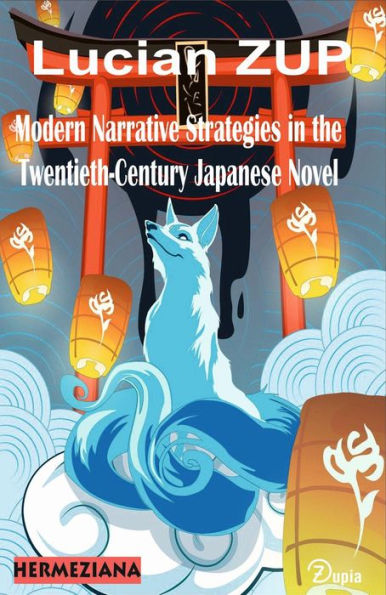The modern Japanese novel has its roots in the influence exerted by the modern Western novel. However, the point of the present study is that the modern Japanese novel has appropriated modern forms of Western Romanian discourse through an act larger than the passivity of influence, which is translation.
The Japanese novel will be approached from the perspective of the relations it maintains with the European reception center. Mainly, the European reception center will be delimited, with its specificity, which will become functional during the work. This determines the way of reading the Japanese novel.
Here, two aspects will be taken into account: of the reading performed by the reader accustomed to European demands and of the Japanese novelists who bear the European influence. Therefore, both the production method of the Japanese novel and its encounter with the specific European "horizon of expectation" will be taken into account.
374 p.
The modern Japanese novel has its roots in the influence exerted by the modern Western novel. However, the point of the present study is that the modern Japanese novel has appropriated modern forms of Western Romanian discourse through an act larger than the passivity of influence, which is translation.
The Japanese novel will be approached from the perspective of the relations it maintains with the European reception center. Mainly, the European reception center will be delimited, with its specificity, which will become functional during the work. This determines the way of reading the Japanese novel.
Here, two aspects will be taken into account: of the reading performed by the reader accustomed to European demands and of the Japanese novelists who bear the European influence. Therefore, both the production method of the Japanese novel and its encounter with the specific European "horizon of expectation" will be taken into account.
374 p.

Modern Narrative Strategies in the Twentieth-Century Japanese Novel

Modern Narrative Strategies in the Twentieth-Century Japanese Novel

Product Details
| BN ID: | 2940179614333 |
|---|---|
| Publisher: | Lucian Zup |
| Publication date: | 02/19/2024 |
| Sold by: | Draft2Digital |
| Format: | eBook |
| File size: | 622 KB |
